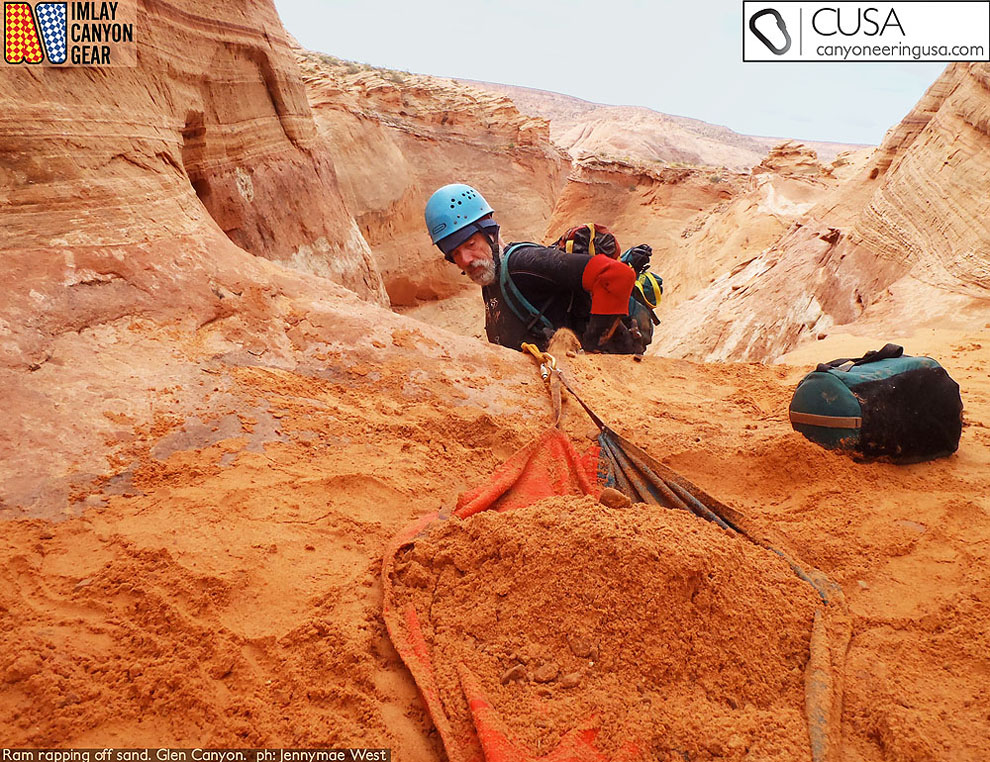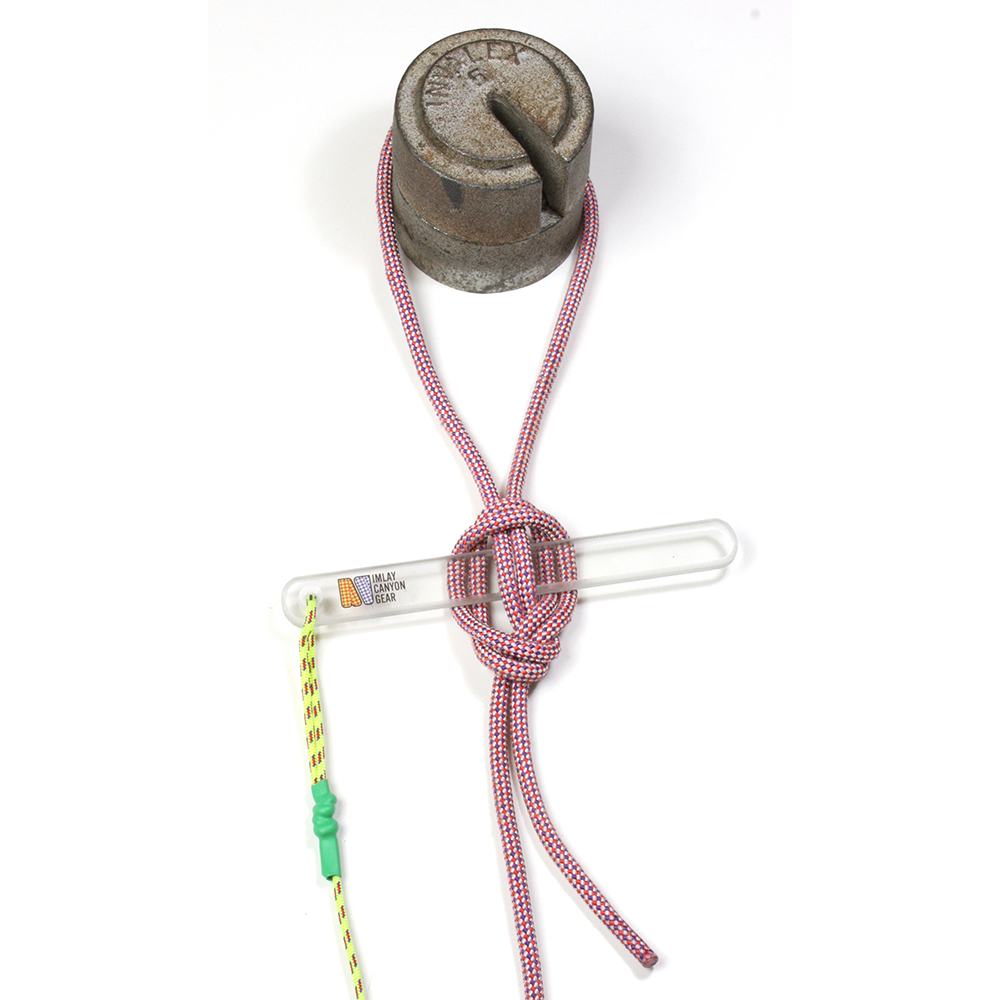Ghosting Techniques in Canyoneering: an Introduction
Ghosting is the art of descending a canyon and leaving nothing behind. Ghosting techniques are used in selected places where leaving no visible anchors has a benefit.
Examples:
Anchor areas that are visible to the general public (eg: First rap in Cassidy Arch Canyon in Capitol Reef NP);
Descents of rarely-done canyons, where leaving the canyon without visible signs of descent means other canyoneers can also do a first descent of the canyon;
In places, ghosting techniques can be used to minimize rope-grooves or other environmental damage;
On first descents, ghosting techniques can be used to minimize the use of valuable anchor-building materials;
Ghosting techniques allow using anchors that could not be used conventionally; and
In places, since the rope is not pulled through a ring, ropes can be tied together to get to the bottom of "the drop".
Ghosting techniques should not be used to replace anchors in trade-route canyons, justifying removal of anchor slings already in place. Trade-route canyons SHOULD have well-rigged and conspicuous anchors for the noobs that are sure to follow.
Ghosting techniques generally are 'advanced', meaning that using them requires greater judgment and experience than 'beginner techniques', they need to be tried and used and figured out in 'safe' conditions, before they are tried in the field when they are needed for group safety. Extra precautions are taken to backup and test these kinds of anchors before the last person's life is risked on its security. AND, the anchor has to pass the sniff test.
The sniff test is a final check. The rational part of your brain says everything is right, everything makes sense. If the irrational part of your brain still doesn't like it (if it smells like poo), get off it. Do something else.
Because these advanced techniques require significant testing before the final rappeller, these techniques are often best done with fairly large groups, and without an urgent drive to get people downcanyon quickly. Chaos is not the anchor-setters friend—chaos is a distraction.
Ghosting should not be taken to a religious extent. We often leave small bits of sling in places, where a pure ghosting descent is not entirely safe. It should be considered that getting the rope stuck is perhaps life-threatening, especially if you have most of your ropes committed to the drop. Recklessly applying ghosting is a bad idea. But, many ghosting techniques can be used to minimize the amount of webbing left behind, when a pure technique would risk getting the rope stuck more than is appropriate.
Here are some Ghosting Techniques:
Obsolete: Omnisling, Macrame (and many others)
Retrievable Slings
Intelligent downclimbing
Shallow water jumps
Slide and catch























